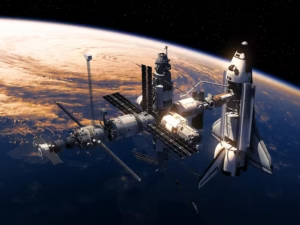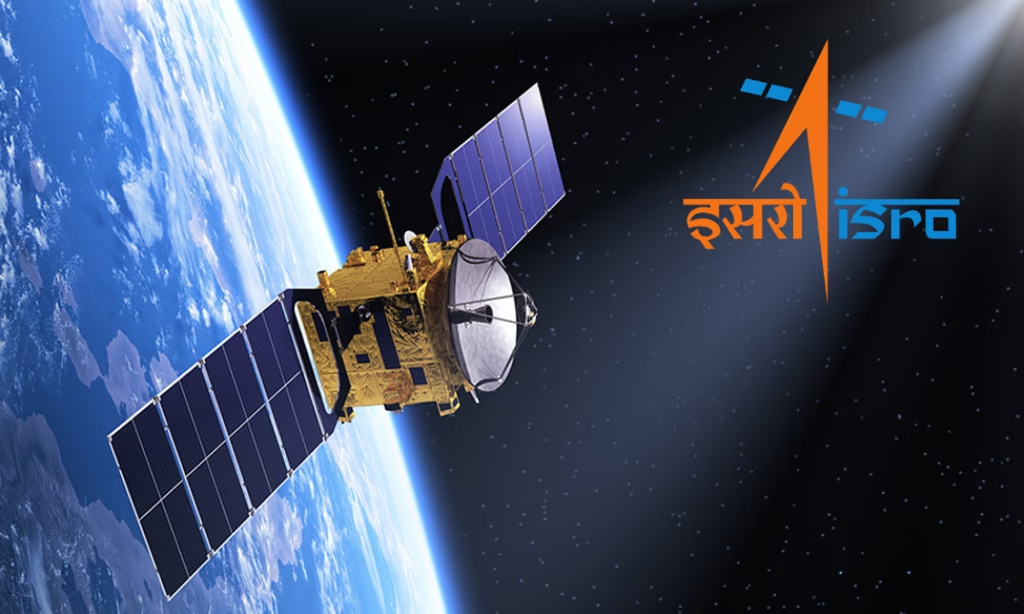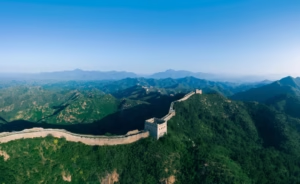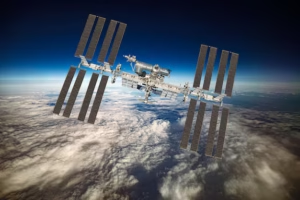The Nile River: Lifeline of Civilization
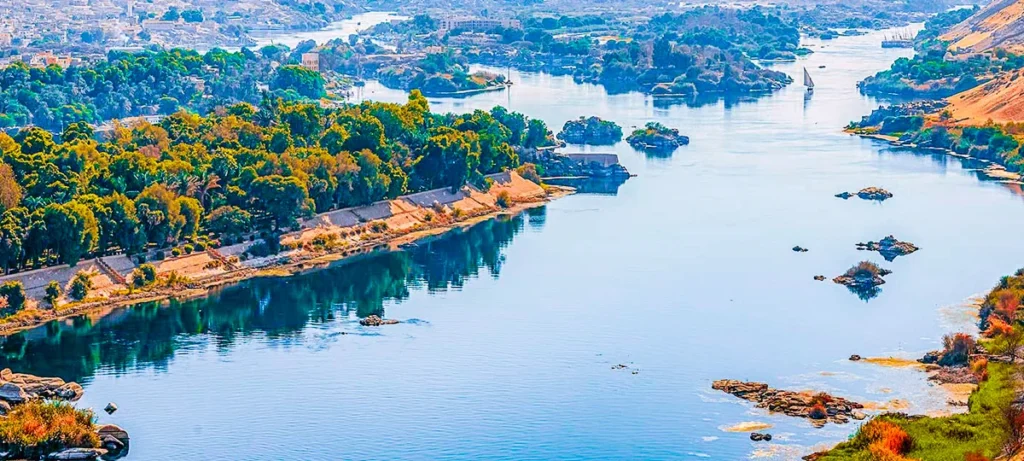
The Nile River is not only the longest river in Africa but also one of the most iconic rivers in human history. Stretching over 6,650 kilometers (approximately 4,130 miles), the Nile has been a source of life, transportation, and sustenance for millennia. Flowing through eleven countries, the Nile is deeply intertwined with the history of ancient civilizations, particularly Ancient Egypt. This article explores the Nile’s geography, the countries it passes through, its historical and modern significance, and the challenges it faces today.
1. Geography of the Nile River
1.1 Length and Course
The Nile is traditionally considered the longest river in the world, although the Amazon River sometimes contests this title depending on measurement methods. It flows northward through eastern Africa into the Mediterranean Sea. Its primary sources are two tributaries:
- The White Nile, which originates from Lake Victoria in East Africa.
- The Blue Nile, which begins at Lake Tana in Ethiopia.
These two rivers converge near Khartoum, Sudan, to form the Nile proper, which then flows northward through the Sahara Desert into Egypt.
1.2 Major Tributaries
- White Nile: Originates in Burundi, flowing through Rwanda, Uganda, and South Sudan.
- Blue Nile: Starts in the Ethiopian Highlands, contributing about 80% of the water during the rainy season.
- Atbara River: Another tributary from Ethiopia joining the Nile in Sudan.
Nile Delta
As the Nile approaches the Mediterranean, it fans out to form the Nile Delta, one of the world’s most fertile regions. This delta region has supported human settlement and agriculture for thousands of years
2. Countries the Nile Flows Through
The Nile basin covers parts of eleven countries, making it one of the most international rivers in the world. These include:
- Burundi
- Rwanda
- Uganda
- Kenya
- Tanzania
- Democratic Republic of Congo
- South Sudan
- Sudan
- Ethiopia
- Eritrea (indirectly, via the Atbara River)
- Egypt
Each of these countries relies on the Nile to varying degrees, either for drinking water, agriculture, or hydroelectric power.
3. Historical Significance
3.1 Ancient Egypt and the Nile
No river is as closely associated with an ancient civilization as the Nile is with Ancient Egypt. The Egyptians referred to the Nile as “Iteru,” meaning “great river.” Its predictable flooding cycles deposited nutrient-rich silt along its banks, creating fertile land in an otherwise arid region. This allowed Egypt to flourish agriculturally.
The Nile also served as a transportation route, enabling trade, communication, and military expeditions. Most of Egypt’s population and cities were historically located along the river.
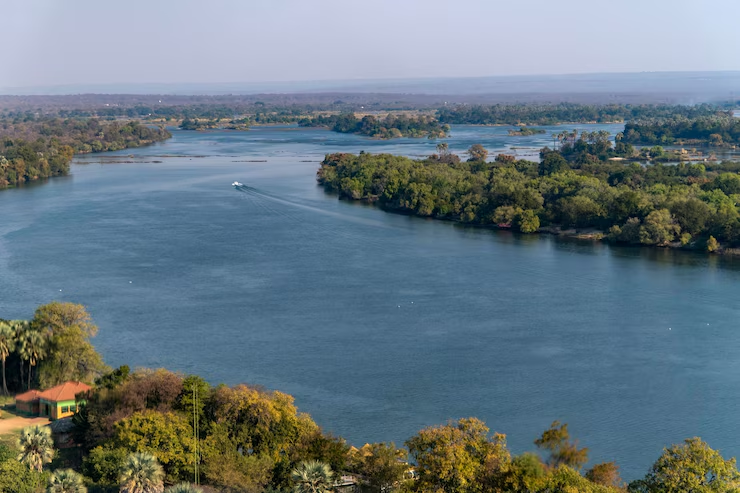
3.2 Religion and Mythology
The Nile was deeply embedded in Egyptian mythology and religion. It was associated with the gods:
- Hapi, the Nile god, symbolizing fertility and abundance.
- Osiris, god of the afterlife, whose death and resurrection were linked to the river’s flooding cycle.
3.3 Greek and Roman Perspectives
Both Greek and Roman civilizations were fascinated by the Nile. Herodotus famously called Egypt the “Gift of the Nile.” Roman emperors even tried to understand and control its waters during their occupation of Egypt.
https://sypertimes.com/valley-of-flowers-a-natural-paradise-in-the-himalayas/
4. Modern Importance of the Nile
4.1 Agriculture and Irrigation
Even today, Egypt and Sudan heavily depend on the Nile for agriculture. More than 95% of Egypt’s population lives within a few kilmeters of the river. Crops such as wheat, cotton, rice, and sugarcane are cultivated using water from the Nile
4.2 Hydroelectric Power
Several major dams have been constructed along the Nile to harness its hydroelectric potential:
- Aswan High Dam (Egypt): Completed in 1970, this dam created Lake Nasser and provides significant electricity and irrigation water.
- Roseires and Sennar Dams (Sudan): Used for irrigation and power.
- Grand Ethiopian Renaissance Dam (GERD): A massive project on the Blue Nile, it has become a source of regional tension (more on this below).
4.3 Transportation and Trade
The Nile remains a vital inland waterway, particularly in Egypt and Sudan. It facilitates transport of goods and people, boosting economic activity in regions along its banks.
5. Environmental and Political Challenges
5.1 Water Scarcity
With population growth and climate change, water scarcity is a growing concern for Nile Basin countries. Over-reliance on the river, inefficient irrigation, and increasing demand have strained its waters.
5.2 The Grand Ethiopian Renaissance Dam (GERD)
Ethiopia’s construction of the GERD on the Blue Nile has been a flashpoint of diplomatic tension. Egypt fears it will reduce water flow downstream, potentially threatening agriculture and drinking supplies. Ethiopia argues that the dam is essential for its development and energy needs.
Despite negotiations involving the African Union, a binding agreement remains elusive.
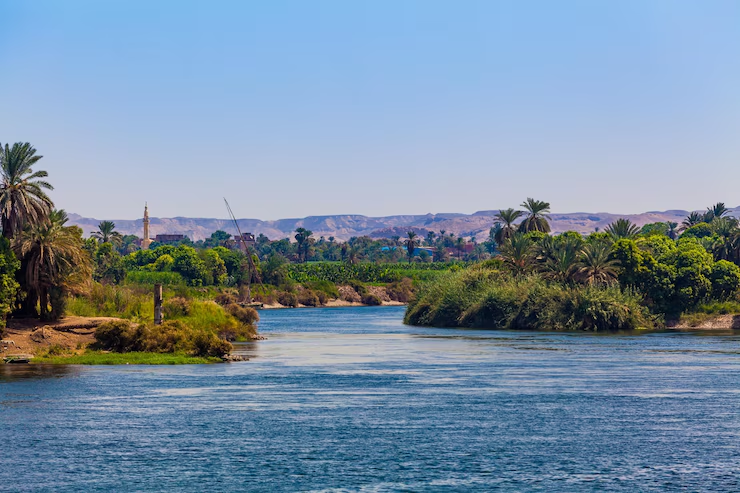
5.3 Pollution
Urban and agricultural pollution threatens the Nile’s ecosystem. Discharge of untreated sewage, industrial waste, and pesticide runoff degrade water quality, affecting both human and aquatic life.
5.4 Sedimentation and Erosion
Dams, especially the Aswan High Dam, have significantly reduced sediment flow to the Nile Delta. This has led to coastal erosion and the loss of fertile farmland, exacerbating food insecurity.
6. Biodiversity and Ecology
The Nile hosts a variety of flora and fauna:
- Fish species: Including Nile perch, catfish, and tilapia.
- Birds: Such as herons, egrets, and African fish eagles.
- Crocodiles and hippos: Especially in the southern reaches.
Wetlands and papyrus swamps along the river support diverse ecosystems, particularly in Uganda’s Lake Kyoga region and South Sudan’s Sudd swamp—one of the world’s largest wetlands.
7. Cultural Legacy
The Nile continues to inspire music, literature, and art. It has been depicted in ancient murals, referenced in classical poetry, and remains a central motif in Egyptian culture. Modern authors and filmmakers also explore its symbolic and historical roles.
Festivals and traditional practices along the river reflect its deep-rooted cultural significance, from Nile flood celebrations in Egypt to boat parades in Uganda.
8. Efforts Toward Cooperation
8.1 Nile Basin Initiative (NBI)
Launched in 1999, the Nile Basin Initiative is a regional partnership involving all Nile riparian states. Its goal is to promote sustainable management and equitable use of Nile waters. Though progress has been made, political tensions, especially involving Egypt, Sudan, and Ethiopia, continue to hinder consensus.
8.2 International Mediation
Organizations like the African Union, United Nations, and World Bank have supported mediation efforts over water-sharing agreements, especially concerning GERD. Though talks often stall, dialogue continues.
9. The Nile in the Future
The Nile faces an uncertain future. Climate change may reduce rainfall in its catchment areas or increase variability, affecting water availability. Rising sea levels threaten the Nile Delta, while rapid population growth in Nile Basin countries intensifies demand for water, energy, and food.
Adopting modern irrigation, recycling wastewater, strengthening cooperative governance, and respecting environmental limits will be essential to preserve the river for future generations.
Conclusion
The Nile River is much more than a geographical feature—it is a vital artery of life, history, and culture. From the ancient pyramids of Egypt to modern dams in Ethiopia, the river has shaped civilizations and will continue to influence the lives of millions. Ensuring its sustainable use amidst rising geopolitical, environmental, and demographic pressures is one of the most critical challenges facing the African continent today.
References
- Nile Basin Initiative
- United Nations Environment Programme (UNEP)
- Britannica – Nile River
- The World Bank – Nile River Basin Resources
- NASA Earth Observatory
- Egyptian Ministry of Water Resources and Irrigation
